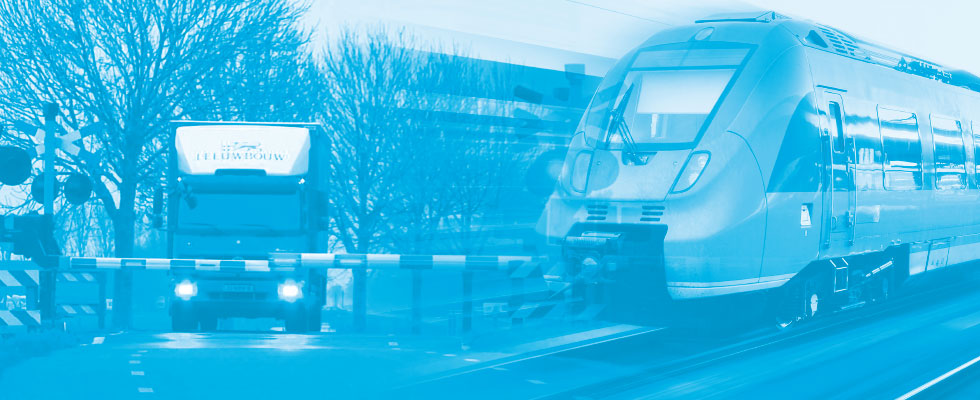
Railway crossing control system is intended to control crossing signaling equipment set, allowing to transmit diagnostics parameters to dispatch level control systems.
Railway Crossing Control System Provides:
- control of automatic crossing signaling equipment status;
- connection to rolling stock passage control system via wire or radio frequency data transmission channel;
- connection to operating crossing signaling system via status poll and relay equipment control;
- connection to modern microprocessor based control systems of higher level (possibilities of traffic control);
- display of system control parameters and haul equipment on indicators.
System Composition
Upper Level
Upper level is intended for crossing control system connection to traffic control systems. The following sets can be added to the upper level optionally, depending on system configuration:
- crossing duty operator’s AWP;
- upper level system AWP.
Middle Level
Middle level includes object controllers of crossing signaling and equipment set, providing data processing.
At this level logic data processing is carried out by crossing control controller and Frauscher system data processing modules.
Lower Level
Lower level includes trackside assets comprising:
- Frauscher ACS sensors;
- crossing signaling traffic lights;
- crossing signaling alarms (horns);
- automatic barriers (optionally);
- protecting signals (optionally).
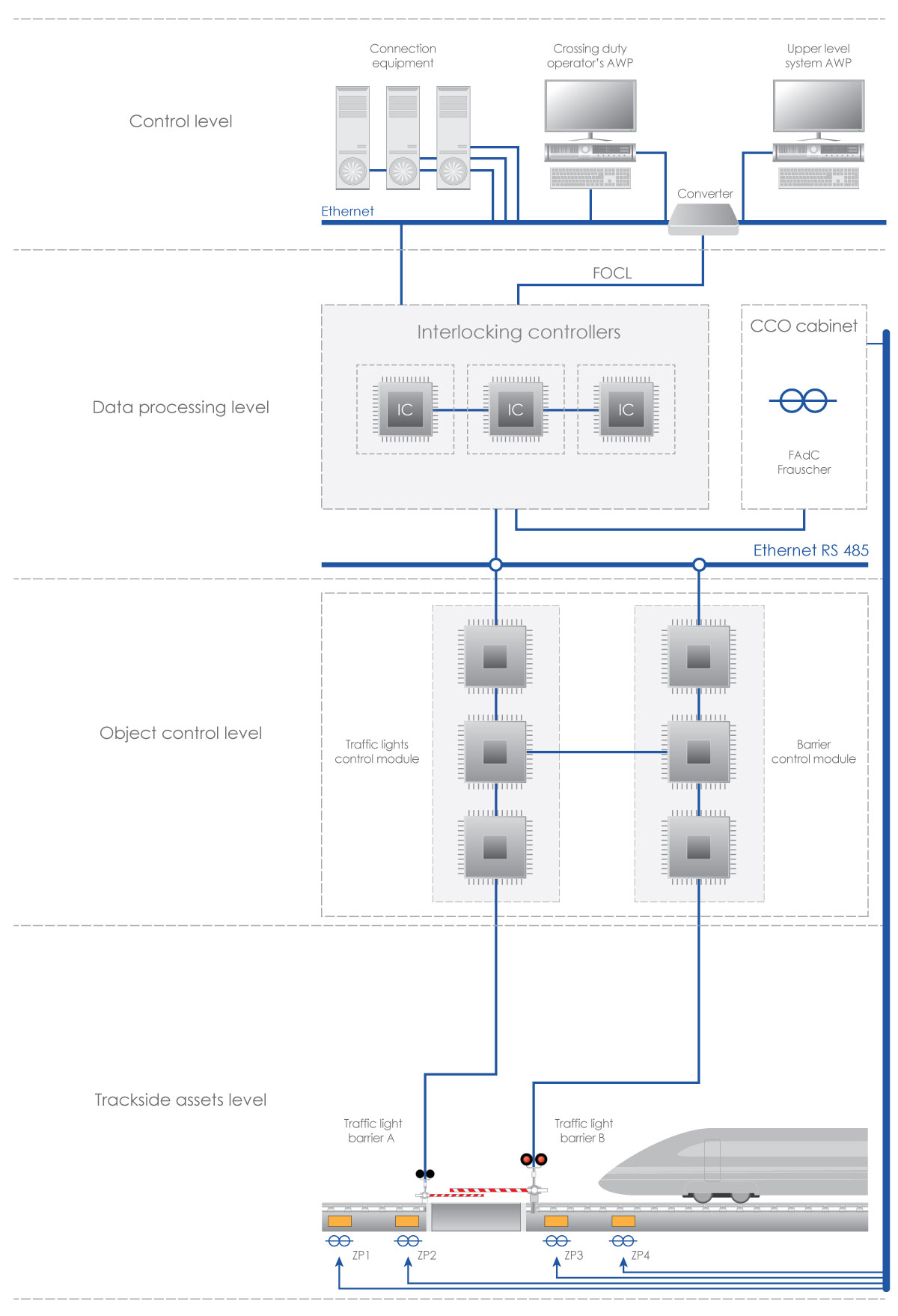
Advantages of Railway Crossing Control System Implementation:
Advantages of Railway Crossing Control System Implementation:
Railway crossing control system is autonomous and doesn’t need to be connected to current automatic blocking systems.
The system allows to equip any crossing (guarded or unguarded) regardless the standard equipment installed on it.
Advantages of System Implementation:
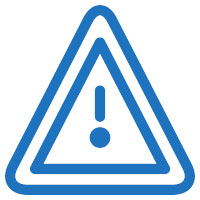
System tolerance to equipment failures and elimination of critical failures on its outputs;

Working efficiency control and failure warning of any system functional block (optical, sound) and the very system at all;
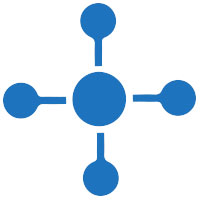
Possibility of hot swapping of any system functional block in case of failure and repair;
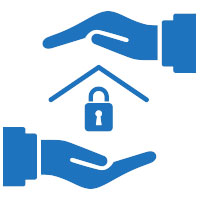
Switch to protection (close) crossing state in case of system equipment failure;
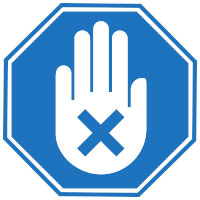
The equipment does not need manual setting during the operation lifetime.
